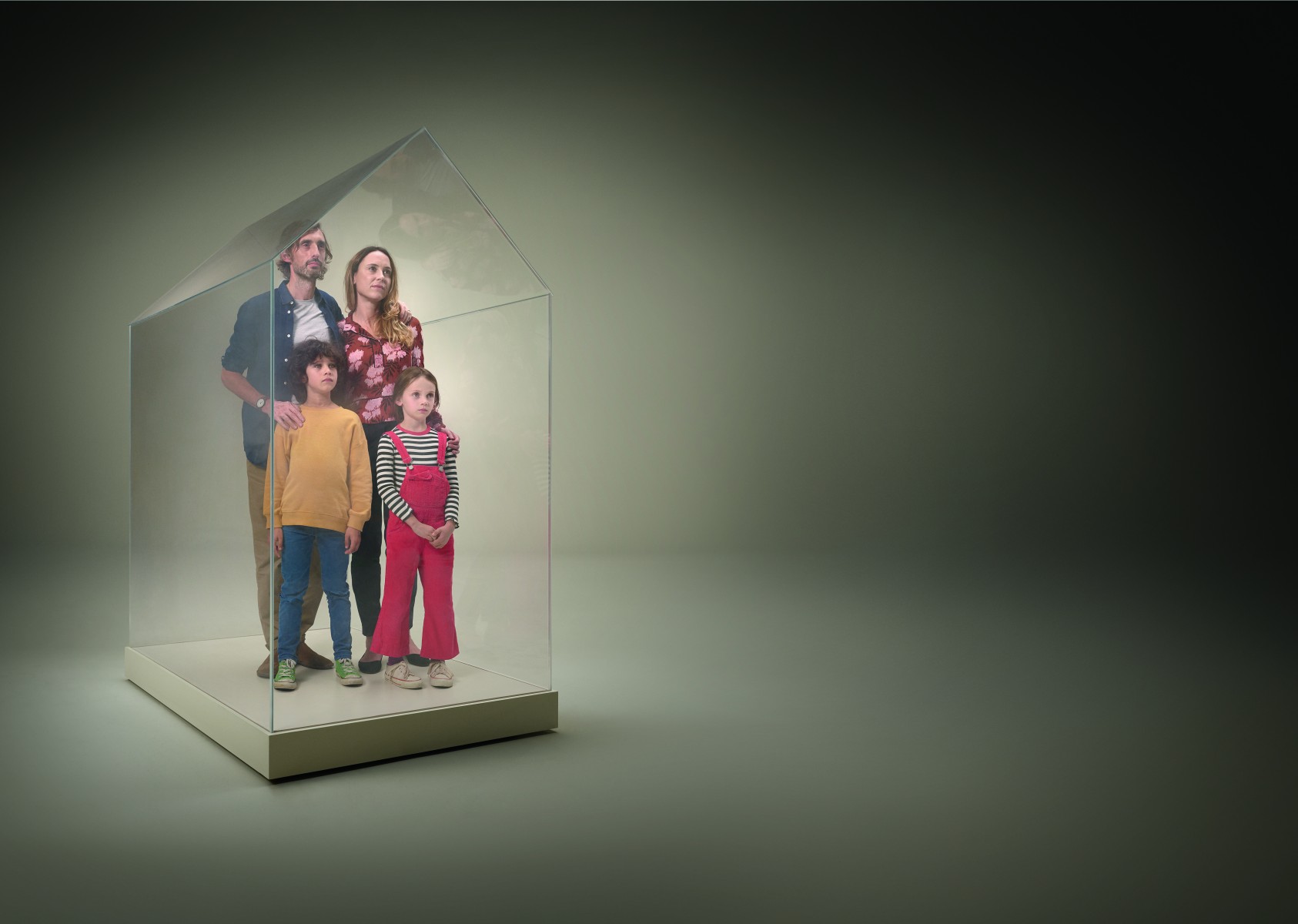︎ Brighter Space: Brighter Minds
Natural light isn't just a design element; it's a productivity powerhouse. From classrooms to offices, spaces flooded with daylight help students grasp concepts faster and enable workers to perform tasks more efficiently. Beyond improved performance, natural light promotes well-being, enhancing mood, reducing stress, and boosting energy levels. When we design with natural light in mind, we create environments where people can thrive both mentally and physically, ultimately leading to better outcomes for everyone.
By Vishakha Bagarao ︎


Hypothesis
Natural light plays a crucial role in enhancing productivity by positively influencing cognitive performance, emotional well-being, and overall physical health. This effect is particularly evident in environments such as studios and workspaces, where exposure to natural light can improve focus, mood, and energy levels. By reducing fatigue and enhancing mental clarity, naturally lit spaces foster improved academic performance and workplace efficiency. Furthermore, the physiological impacts, such as regulating circadian rhythms and reducing stress, create a healthier, more stimulating environment conducive to sustained productivity.
Natural light plays a crucial role in enhancing productivity by positively influencing cognitive performance, emotional well-being, and overall physical health. This effect is particularly evident in environments such as studios and workspaces, where exposure to natural light can improve focus, mood, and energy levels. By reducing fatigue and enhancing mental clarity, naturally lit spaces foster improved academic performance and workplace efficiency. Furthermore, the physiological impacts, such as regulating circadian rhythms and reducing stress, create a healthier, more stimulating environment conducive to sustained productivity.
- Why
In many studios and workplaces, inadequate lighting leads to negative effects such as eye strain, fatigue, and a decrease in concentration.1 With long hours spent indoors, students and employees are often exposed to artificial lighting, which lacks the full spectrum and intensity of natural light. This creates an environment where stress levels increase, sleep cycles are disrupted, and overall productivity declines. Studies have shown that natural light positively affects cognitive function, mood regulation, and physical health, making it essential in environments where productivity is a priority.1,3,4,5
![]()
![]() Screen time Statistics
Screen time Statistics
- How
By incorporating natural light into the design of buildings, especially in educational and workplace environments, productivity can be boosted.2
This can be achieved through thoughtful architectural design strategies, including large windows, skylights, and proper building orientation to maximize exposure to daylight. Additionally, incorporating reflective surfaces and using design layouts that allow light to penetrate deeper into the space ensures that more people benefit from natural light.
The presence of blue-enriched daylight in the morning helps regulate circadian rhythms, improving attention and reducing fatigue, while reducing reliance on artificial lighting.4

AI generated images of productive spaces with natural light
- What
The strategy revolves around designing spaces that emphasize natural lighting as a core feature. I chose Studio Reassembled, Taubman College of Architecture and Urban Planning, for this project because of its potential to exemplify these principles in an academic setting. Schools and workplaces that prioritize daylighting through window placements, adjustable blinds, and open-plan designs ensure that occupants receive optimal light exposure throughout the day. These spaces enhance cognitive functions like memory and concentration while improving physical and mental health. In classrooms, students learn faster; in workplaces, productivity soars with improved mood and energy.





Current lighting in Studio Reassembled
- So What
The impact of natural light goes beyond simple comfort—it's directly tied to better performance outcomes.
In schools, students in naturally lit environments perform up to 20% better on tests compared to those in artificially lit settings.1 In workplaces, employees exposed to natural light show improved focus, less absenteeism, and higher job satisfaction.1
By ensuring that spaces are designed to maximize exposure to daylight, institutions can create environments where people are more alert, engaged, and productive.

The design continum shows the topics proposed in the database in different scales.
The Link Between Design and Outcomes
The design of educational and workplace spaces plays a critical role in determining health and productivity outcomes. Properly designed spaces that integrate natural light ensure that individuals benefit from improved cognitive function, mood stability, and physical well-being. Classrooms with large windows and exposure to daylight help synchronize students' circadian rhythms, improving focus and learning speed. Workspaces with optimal daylight exposure reduce fatigue and enhance alertness, contributing to a more productive workforce. Thoughtful building design, therefore, directly influences outcomes by fostering environments where people can operate at their best.
-
Making Natural light a priority in design:
Natural light should be considered a fundamental design feature rather than an afterthought. By designing schools and workplaces with daylight in mind, architects can create healthier, more productive environments. This requires careful planning of window placement, building orientation, and even materials that reflect light. Such design decisions ensure that daylight is not only abundant but used effectively to promote well-being and productivity.
-
Enhancing Productivity with the Right Light:
While natural light is crucial for enhancing productivity, the type and timing of light exposure are equally important. Morning light, especially in the blue spectrum, plays a key role in boosting alertness and cognitive performance, making it essential in classrooms and workspaces. Designers must therefore consider how light enters the space at different times of day to ensure that occupants receive the most beneficial light during key productivity hours.
-
A Healthier, More Productive Future:
By focusing on natural light in the design of schools and workplaces, we can ensure that environments support both the health and productivity of occupants. This not only improves individual outcomes but also benefits organizations by fostering more engaged and efficient students and employees.


Flowchart of lightand productivity
︎
Works Cited
- Shishegar, N. "Natural Light and Productivity: Analyzing the Impacts of Daylighting on Students' and Workers' Health and Alertness." ResearchGate, 2016. https://www.researchgate.net/publication/303484362_Natural_Light_and_Productivity_Analyzing_the_Impacts_of_Daylighting_on_Students%27_and_Workers%27_Health_and_Alertness.
- Dean, Brian. "Screen Time Statistics: The Latest Trends and Insights." Backlinko, 2023. https://backlinko.com/screen-time-statistics.
- Daylight Specialists. "The Impact of Daylight on Education & Learning." Daylight Specialists, n.d. https://daylightspecialists.com/the-impact-of-daylight-on-education-learning/.
- Blue Cross Blue Shield of Michigan. "Health Benefits of Natural Light in the Office." MIBlueDaily, n.d. https://www.mibluedaily.com/stories/blue-cross-careers/health-benefits-of-natural-light-in-the-office.
- VELUX Group. "Daylight Affects People's Sleep and Productivity, According to Global Survey." VELUX Press, November 10, 2020. https://press.velux.com/daylight-affects-peoples-sleep-and-productivity-according-to-global-survey/.
- Studio Reassembled. "Studio Information." Studio Reassembled, n.d. https://studio-reassembled.com/studio-information-1.
︎

